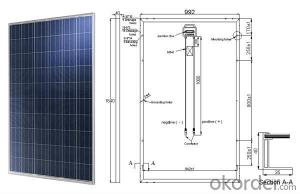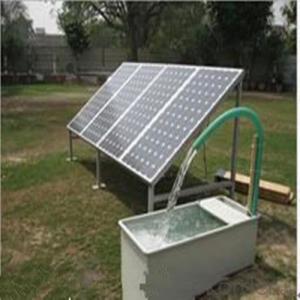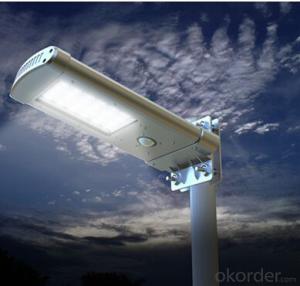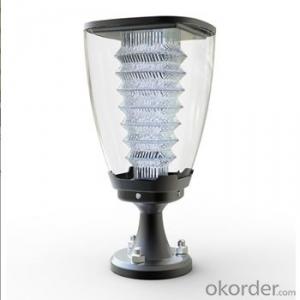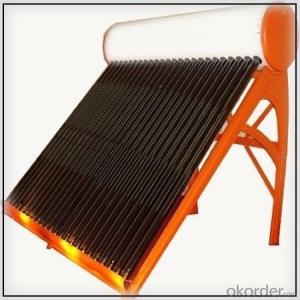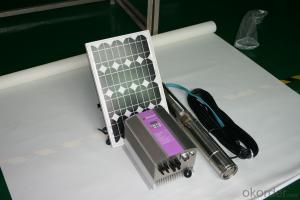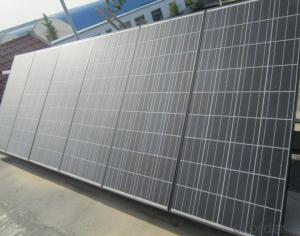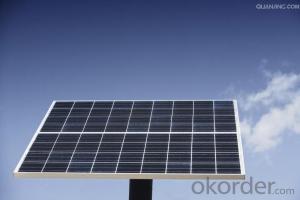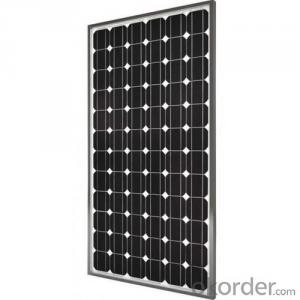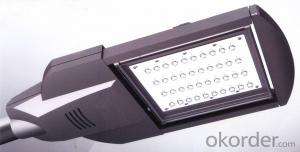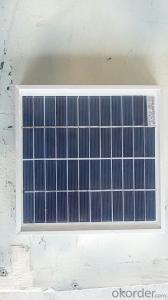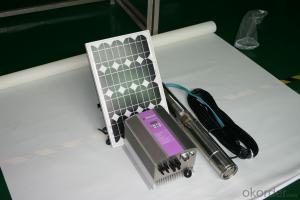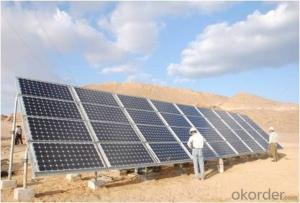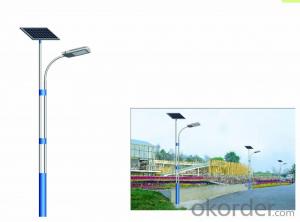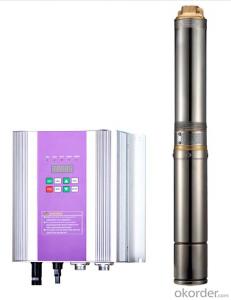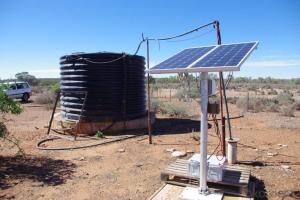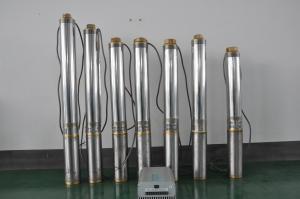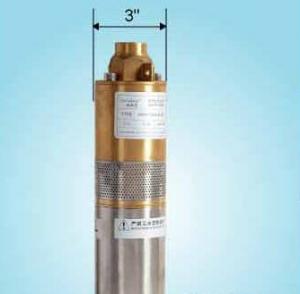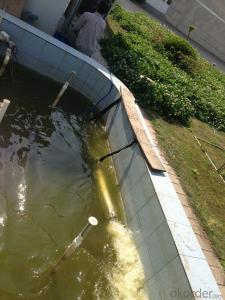Solar Systems Energy
Solar Systems Energy Related Searches
Solar Charger With Inverter Stainless Steel Brillo Pad Energy Transfer In Solar Cells Best Solar Inverter Charger Plastic Solar Lanterns Smart Solar Power Inverter Solar Energy Power Inverter Solar Battery Charger Module 12v Solar Inverter Charger 12 Volt Solar Inverter ChargerHot Searches
Solar Items Wholesale Solar Inverter Systems Best Place To Buy Flashlights Cost To Install Frp Panels I Want To Buy A House Cost To Hire Scaffolding Cheapest Place To Buy Plywood Medical Supply Store Close To Me Cost To Aerate Lawn Cheapest Place To Buy Kerosene Cost To Install Hardwood Floors Cost To Refinish Hardwood Floors Solar Hot Water Collectors For Sale 8 Inch Water Pump For Sale Solar Inverter For Split Ac Solar Inverter With Ac Outlet 1 Hp Solar Water Pump Price Jain Solar Water Pump Price Kirloskar Solar Water Pump Price Aluminum Ac Coil Scrap PriceSolar Systems Energy Supplier & Manufacturer from China
Okorder.com is a professional Solar Systems Energy supplier & manufacturer, offers integrated one-stop services including real-time quoting and online cargo tracking. We are funded by CNBM Group, a Fortune 500 enterprise and the largest Solar Systems Energy firm in China.Hot Products
FAQ
- Determining the minimum solar panel capacity for a solar pump relies on several factors, including the pump's power requirements, the available sunlight in the area, and the desired performance of the pump. To ascertain the minimum solar panel capacity, one must consider the pump's power consumption, typically measured in watts (W) or kilowatts (kW). This information is generally obtainable from the pump's specifications or user manual. Once the power consumption is known, the minimum solar panel capacity can be calculated by taking into account the average daily sunlight hours in the location. Solar panels possess a peak power output rating, indicating the maximum power they can generate in ideal conditions. This rating is typically expressed in watts (W) or kilowatts (kW). To estimate the minimum solar panel capacity, divide the total power consumption of the pump by the average daily sunlight hours. This division will yield the minimum solar panel capacity necessary to fulfill the pump's power requirements. It is crucial to acknowledge that this calculation provides a rough estimate. It is always advisable to consult a solar professional or supplier who can evaluate specific needs and furnish accurate recommendations based on factors such as pump efficiency, battery storage requirements, and any supplementary power necessities.
- The operation of a solar pump relies on several factors, including the size and efficiency of the pump, the capacity of the solar panels, and the location. The amount of sunlight needed for optimal functioning varies. Generally, solar pumps need a minimum amount of sunlight to function well. The most efficient pumps can work with only 2-3 hours of direct sunlight daily. However, for better performance, it is recommended to expose them to sunlight for longer periods. Ideally, solar pumps should receive 5-6 hours or more of full sunlight to generate sufficient power for their pumping needs. Weather conditions are crucial to consider as well. Cloudy or overcast days can significantly reduce the amount of sunlight reaching the solar panels, affecting the pump's performance. In regions with limited sunlight, it is advisable to install additional solar panels or use a battery backup system to ensure a continuous power supply for the pump. It is worth noting that solar pumps can also function with indirect or diffused sunlight, albeit with decreased efficiency. Therefore, even on partially cloudy days, solar pumps can still operate, although their output will be reduced. To determine the specific sunlight requirements for a particular solar pump, it is recommended to consult the manufacturer's specifications or seek advice from a solar energy professional who can assess the local conditions and provide accurate guidance.
- To maintain the efficiency of a solar pump over time, there are several key steps you can take: 1. Clean and inspect the solar panels regularly: Dust, dirt, and debris can accumulate on the solar panels, reducing their efficiency. Clean them with a soft cloth or brush and ensure there are no obstructions blocking sunlight. Regularly inspect the panels for any damage or cracks that may affect their performance. 2. Ensure proper positioning and orientation: Make sure the solar panels are installed in an area where they receive maximum sunlight exposure throughout the day. Position them at the optimal tilt and angle based on your geographical location. Regularly check and adjust the panel orientation if necessary to maximize energy absorption. 3. Monitor and maintain battery health: Solar pumps often rely on batteries to store excess energy generated during the day for use during cloudy or low-light conditions. Monitor the battery levels regularly and ensure they are properly charged. Clean the battery terminals and connections to prevent corrosion. Replace old or damaged batteries to maintain optimum efficiency. 4. Check and maintain the pump system: Inspect the pump regularly for any leaks, clogs, or damaged components. Clean or replace the filter to prevent blockages and ensure smooth water flow. Lubricate moving parts if needed. Regularly check and tighten any loose connections in the pump system. 5. Protect from extreme weather conditions: Solar pumps can be affected by extreme weather conditions such as hail, heavy rain, or freezing temperatures. If possible, install protective covers or enclosures to shield the pump and panels from such conditions. During winter, drain the pump system and protect it from freezing by using insulation or heat sources. 6. Seek professional maintenance when needed: If you notice any significant drop in efficiency or encounter technical issues, it is advisable to seek professional help. An experienced technician can diagnose and fix any problems, ensuring that your solar pump operates at its optimum efficiency. By following these maintenance practices, you can extend the lifespan of your solar pump and ensure its efficiency over time.
- Yes, solar pumps are suitable for residential use. They provide a cost-effective and environmentally-friendly solution for various residential needs, such as water supply for gardens, fountains, swimming pools, or even domestic use. Solar pumps are easy to install, operate, and maintain, making them a great choice for homeowners seeking sustainable alternatives to traditional electric pumps.
- Protecting a solar pump system from lightning strikes is crucial to ensure its longevity and functionality. Here are a few steps you can take to safeguard your system: 1. Install a lightning protection system (LPS): A properly designed LPS will divert the lightning strike to the ground, protecting your solar pump system. This typically involves installing lightning rods at the highest points of your system and connecting them to a grounding system. 2. Grounding: Ensure that your solar pump system is properly grounded. This involves connecting all metal components to a grounding conductor that leads to an appropriate grounding electrode, such as a grounding rod. Adequate grounding helps dissipate the electrical charge from a lightning strike. 3. Surge protection devices (SPDs): Install surge protectors in your system to absorb and redirect voltage spikes caused by lightning. SPDs are designed to handle large surges of electricity and prevent damage to sensitive equipment. 4. Shielding and bonding: Shielding your solar pump system involves installing conductive materials, such as metal sheets or mesh, around sensitive components to divert lightning strikes away from them. Bonding involves connecting all metal components together to create a continuous conductive path, reducing the risk of damage from electrical potential differences. 5. Disconnect during storms: Whenever a thunderstorm is approaching, it is advisable to disconnect your solar pump system from the power source and turn it off. This minimizes the risk of damage during a lightning strike. 6. Regular maintenance: Ensure that your solar pump system is regularly inspected and maintained. Check for any loose connections, damaged wiring, or other potential vulnerabilities that could increase the risk of damage from lightning strikes. Promptly repair or replace any faulty components. Remember, while these measures significantly reduce the risk of damage from lightning strikes, they do not provide 100% protection. In extreme cases, it may be necessary to consult with a professional electrician or engineer for a comprehensive lightning protection system tailored to your specific needs.
- Certainly, water supply in residential communities or housing complexes can be facilitated by the use of a solar pump. Solar pumps present a viable alternative to traditional electric pumps, deriving their power from clean, renewable, and abundant solar energy. These pumps employ photovoltaic panels to convert sunlight into electricity, which then fuels the pump to extract water from sources like wells, boreholes, or reservoirs and distribute it to the desired destinations. The utilization of a solar pump for water supply in residential communities or housing complexes offers multiple advantages. Primarily, solar pumps prove to be cost-effective in the long term since they eliminate the need for fuel or electricity, thereby reducing energy expenses. Additionally, solar pumps require minimal maintenance, further contributing to cost savings. Moreover, solar pumps are environmentally friendly as they do not generate any greenhouse gas emissions or contribute to air pollution. They also aid in water conservation through the incorporation of sensors and controllers that optimize water usage and prevent wastage. Reliability and efficiency are hallmarks of solar pumps, enabling their operation even in remote areas with limited access to the electrical grid. These pumps ensure a consistent and uninterrupted water supply throughout the day, effectively meeting the needs of residential communities or housing complexes. In conclusion, solar pumps emerge as an exceptional choice for water supply in residential communities or housing complexes. They offer a plethora of benefits, including cost savings, environmental sustainability, and dependable operation. By harnessing the power of the sun, solar pumps provide a sustainable and efficient solution for satisfying the water demands of residential areas.
- Yes, solar pumps can be used for water supply in public parks or gardens. Solar pumps utilize energy from the sun to power their operation, making them an eco-friendly and cost-effective solution for water supply in outdoor spaces. They can efficiently pump water from wells, rivers, or other water sources to provide irrigation, drinking water, or decorative water features in public parks or gardens. Additionally, solar pumps require minimal maintenance and have a long lifespan, making them a sustainable choice for water supply in these areas.
- Yes, a solar pump can be effectively used in areas with high electricity costs. Since solar pumps operate using solar energy, they can significantly reduce or eliminate the need for grid electricity, thereby helping to save on electricity costs. Additionally, solar pumps have lower maintenance requirements compared to traditional pumps, making them a cost-effective alternative in areas with high electricity expenses.





